How to get rid of a birch tree
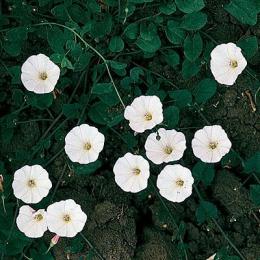
How to get rid of birch trees in the garden beds? It entwines everything that grows, and there is no sweetness with it. And sometimes it disappears on its own, without explaining the reason. Let's take a closer look at what methods exist to combat bindweed, and also get acquainted with the experience of “soft” getting rid of this weed using plant competition.
Content:
Herbicide treatment
Even herbicides don’t respond well to it: we spray it in the fall, and in the spring there’s a sea of shoots again. In autumn, spraying with herbicides is not very effective, since the growing season has already slowed down and the root system bindweed (birch trees) are too long for the poison to destroy it all. And it’s not so much a matter of vegetation as it is a matter of temperature. Hurricane, like other herbicides of the glyphosate group, almost “does not work” when the temperature drops below 15 degrees.
So it grows back in the spring from the remains of the roots. And besides, by the fall the seeds from the plants that bloomed all summer had already sown.
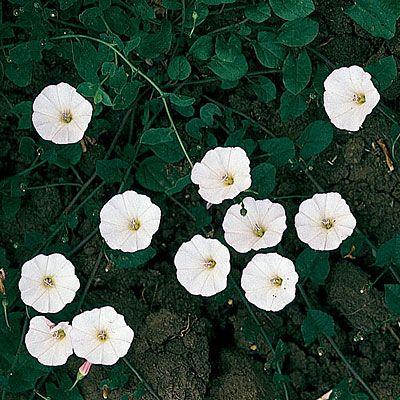
When fighting bindweed, it is better not to use soil herbicides; they deteriorate the soil environment so much that antidotes will be needed to neutralize their effects. But glyphosate-type herbicides sink into the roots and kill the plant, but cause virtually no harm to the soil.
It is better to prepare the processing site: cover the crops that need to be preserved with film and carefully process the bindweed. Under no circumstances should you tear off, loosen or dig the plant and everything around it after treatment; the herbicide should penetrate deep into the roots.If Hurricane accidentally gets on the foliage of another plant that needs to be preserved, then tear off or cut off the place where the working solution got in. Or rinse with water for a long time.
It was noted that bindweed seeds obtained after treating plants with herbicides leaf action, very weak, practically non-germinating. And although such herbicides kill both young and adult bindweeds, their repeated use on the site is still undesirable. Especially in the garden. It must be remembered that organoacids remaining in plant residues after treatment with glyphosates can remain in the soil for up to two years. While these residues are certainly less toxic to soil bacteria than other pesticides, they are also unnatural and harmful.
Working with herbicides requires compliance with safety precautions in accordance with the attached instructions. Do not be lazy to wear a respirator, safety glasses and gloves. Do not smoke during processing or work in windy conditions.
Pruning
Another way out: throughout the season, destroy the plants by cutting them down deeply with a hoe or pulling them out with a significant part of the underground organs.
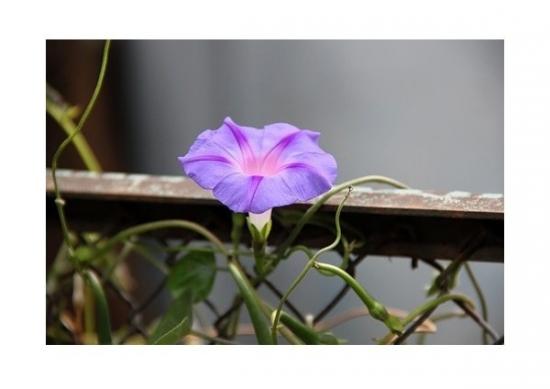
If you cut off the tops of the roots several times over the summer, the plants will eventually become exhausted and the root system will lose the ability to regenerate. And at the same time, the birch tree will not have time to bloom, which means there will be no self-seeding.
Shelter, competition, use in fertilizer
In addition to the use of herbicides and mechanical pruning, you can cover the place where birch shoots emerge, preventing them from developing by cutting them off from sunlight (reducing chlorophyll).
A light-proof container with a diameter of at least 20 cm is placed upside down in the place where the shoots form.If more shoots appear on the side during the season, they need to be tucked under the container or the container itself must be slightly moved.
On the rest of the surface of the vegetable garden or flower garden, it is advisable mulching organic coating, which over time leads to the regulation of the number of weeds, pathogenic microorganisms and pests. Refusal to dig also inhibits the active vegetative propagation of birch trees, structures the soil, and increases its moisture capacity.
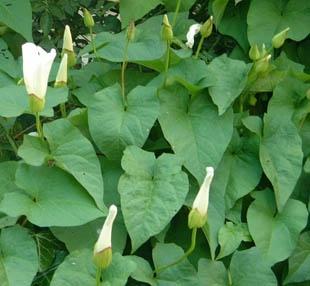
Another successful and very useful method of getting rid of bindweed was shared by Ukrainian adherents of organic farming (B. Bublik). The bottom line is that in the place where the birch tree appears, crops with a very dense root system (sunflower, corn, sorghum) are sown. After the plants grow knee-deep, it is better to cut off these crops, and under no circumstances should the roots be dug or removed from the garden bed.
The birch shoots themselves, corn and sorghum leaves go to organic fertilizers – Organic garden teas are brewed from them. Birch roots grow to enormous depths (more than 1 m), so they lift useful nutrients from the depths and return them to garden crops through fertilizing. Bublik himself did not notice when the birch tree left the garden and is even slightly upset that now he cannot add such a useful “seasoning” to his herbal fertilizers.
As you can see, not only weeding and pruning help get rid of bindweed. Overseeding densely rhizomatous crops at the site of birch germination and using the shoots themselves in plant fertilizers bring double benefits to the garden.To this wonderful experience, it must be added that the time of feeding vegetables and the time of active growth of weeds coincide, so succulent young shoots of birch are very good in a “tea barrel”, do not lose sight of this. It is better to cut the shoots from mid-June; you can infuse herbal teas for 5 to 10 days, depending on the weather.

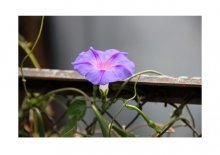

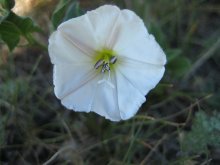
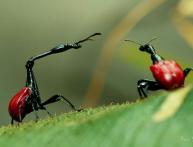
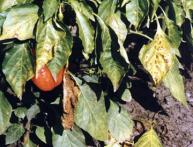

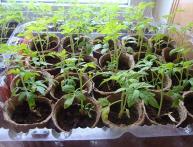
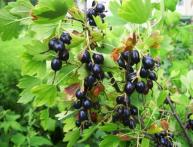
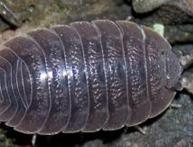
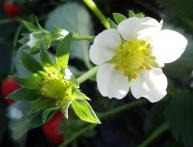
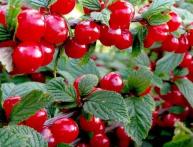
Comments
And we just pull it out of the ground, it’s not at all difficult, and the effect is much better than spraying. And the root system is then disrupted, which slows down its growth. It stretches very easily.
We also pull out birch trees with our hands, especially after rain it’s good. But there is also a good drug, “Hurricane”, we sprayed it, half of this nasty thing was completely gone. It’s also good not to plant anything for a year, but to fight the weed, it will be beautiful!
I wouldn’t risk poisoning my garden with herbicides, it’s still chemicals. And we plant vegetables so that they are as environmentally friendly as possible. It’s better the old fashioned way - with your hands. Moreover, it is not the most difficult weed to pull out.
Yes, birch is a problem, I have been fighting it unsuccessfully for a long time. Either it wins, or I can’t cope with it :-) Only pulling it out saves it, before it grows, but before it braids plants that are more necessary and useful. If only you could wrap it around your hand.
Quite interesting to read: someone even manages to pull bindweed out of the ground completely! We couldn't do it. Our birch mainly attacks potatoes. What they didn’t do. Now we use only one “herbicide” - a sharp hoe. I noticed that if you regularly cut down bindweed, it begins to “retreat” and look for other, more favorable places.